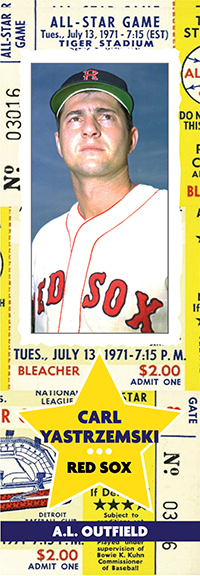Time to
finally add the "Ryan Express", Nolan Ryan to my long-running
WTHBALLS "Classic Baseball" set, celebrating the great game and it's
rich history:
What really needs to be said about a guy who has become more myth than baseball legend?
300+ wins, 5700+
strikeouts, 60+ shutouts, and oh yeah SEVEN no-hitters, two of which
came when he was well into his 40’s while with the Texas Rangers!
I love thinking
about the fact that he did most of his damage in the American League with the
designated hitter. Now imagine how many strikeouts he could have had in
his prime pitching in the National League where
the pitcher batted?!
Would it be safe to say you could add 20-30 strikeouts a season to his total? More?
Hey, you never know…
Nevertheless, the
man became a baseball God, eventually finding his place in the Hall of
Fame upon his first year of eligibility as an absolute no-brainer.
I just thank the skies above that I got to see him pitch in-person!












